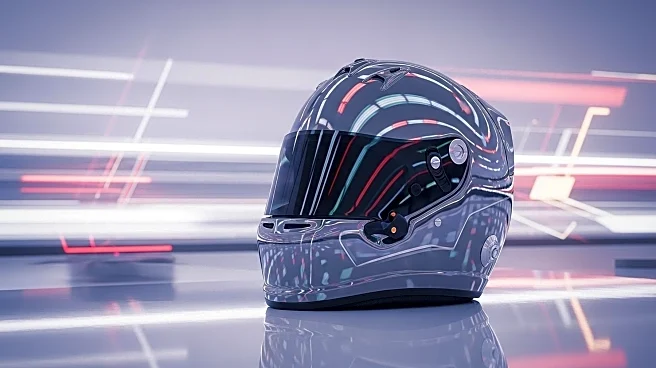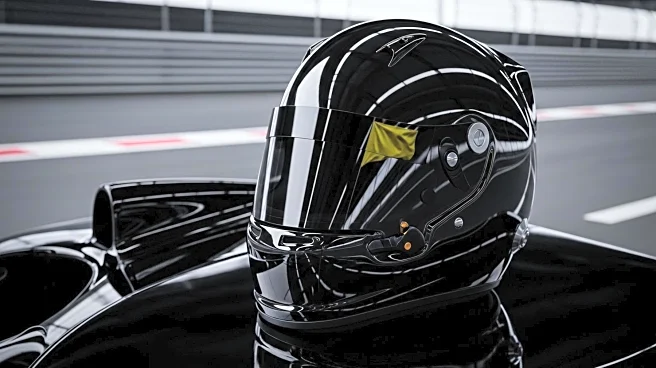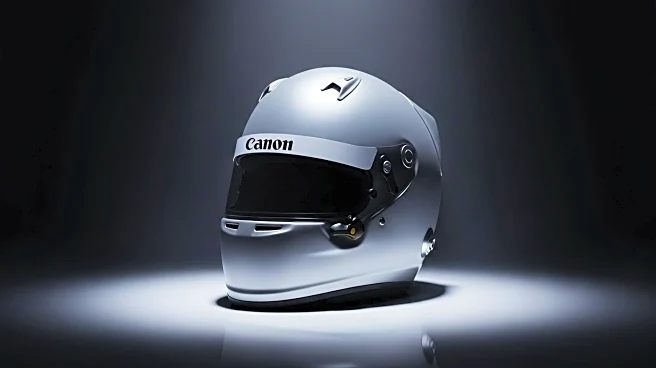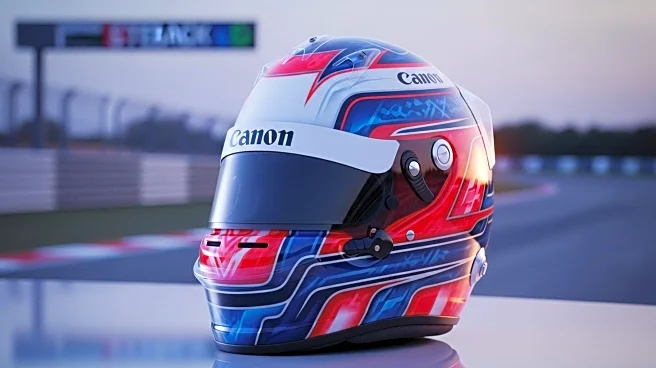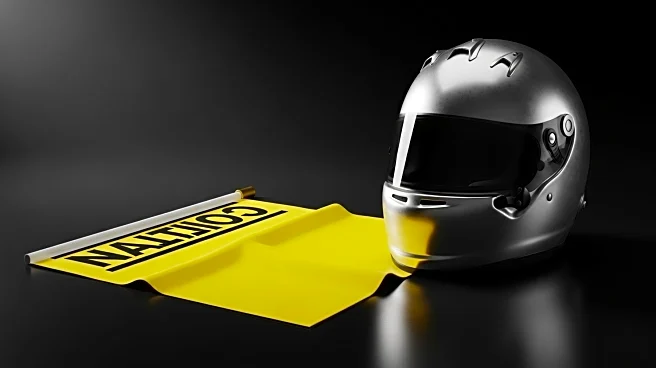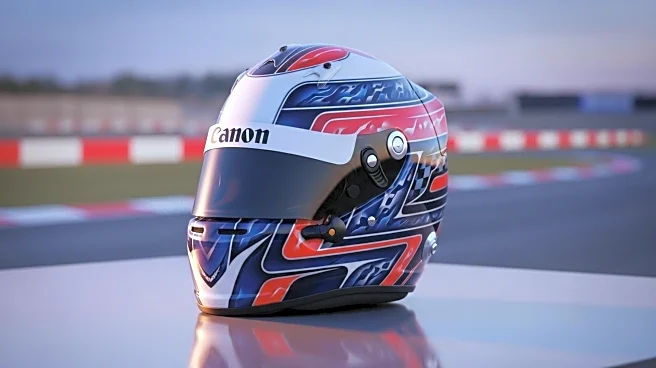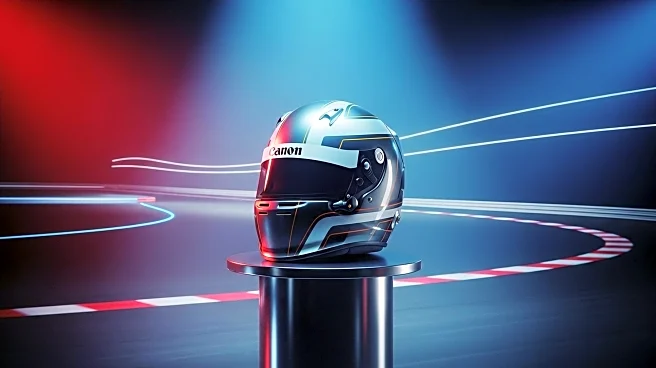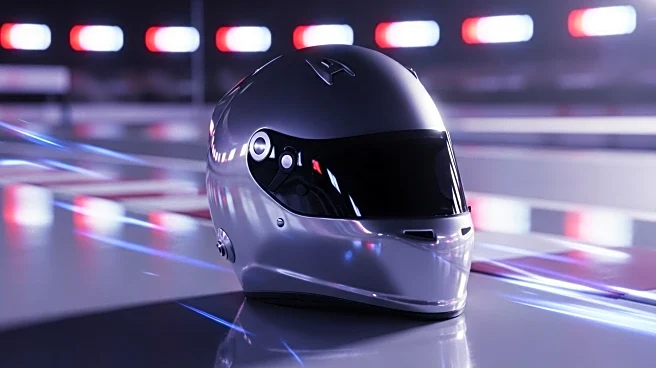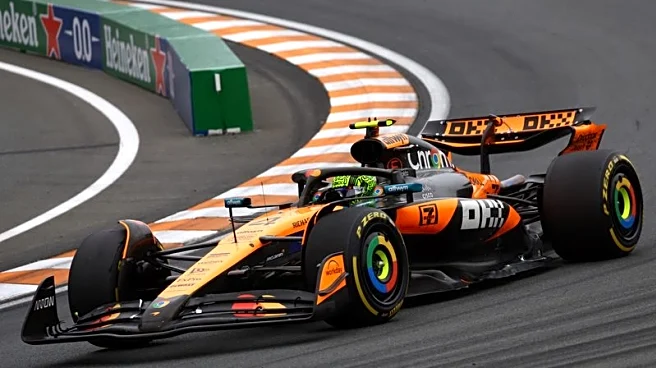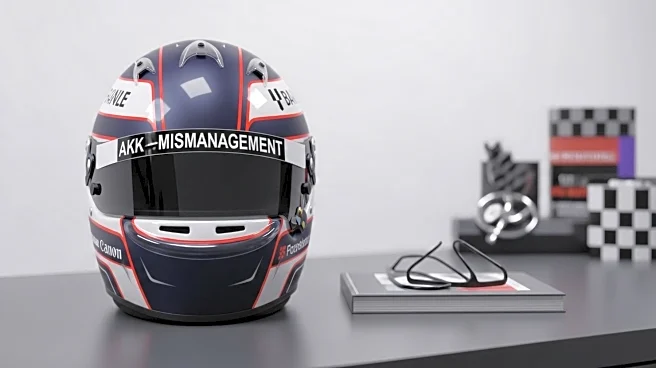
A modern F1 car steering wheel is insanely complicated and expensive, with enough buttons, switches, dials, and flaps to confuse even the most established Bop It! champions. So F1 drivers need a detailed understanding of which button does what, and when to use it, to give themselves the best possible chance of success during a race. Some are fairly obvious — the PIT button confirms to a team that the driver understands they are pitting that lap, and the DRINK button sets the pump working so that drivers can
take a sip — but others, like the K1 and K2 buttons, aren't so self-explanatory.
That's not to say that they're any less important, though; K1 and K2 are actually among a driver's most powerful tools. Both are used to deploy additional electrical energy from the car's hybrid system, but they work in different ways. The K1 button provides a short but powerful burst of speed, and is best used when either closely attacking or defending against a rival on-track. It's also known as the overtake button, for that reason.
The K2 button, however, is not used to provide an advantage in close-combat conditions, but rather at defining moments throughout a race. Common uses include the race start, the lap before or after a pit stop, and restarts after a Safety Car. These are the moments where lap time is most critical, and the car needs its full performance to either build a gap or maintain track position.
Read more: Every 2025 Formula 1 Livery, Ranked From Worst To Best
Better Understanding The K1 And K2 Buttons In An F1 Car

The K1 button isn't the only overtaking tool a driver has at their disposal during a race, as the steering wheel is also equipped with a DRS — or Drag Reduction System — button. This does exactly what it says, reducing drag by opening up the rear wing. This allows an F1 car to achieve a higher top speed, aiding an overtake. However, unlike the K1 button, which can be used at any moment of the race — on a straight for better top speed, or during a corner for better acceleration out of it — the DRS button can only be used on certain parts of the track, when within a second of the car in-front.
Given that both the K1 and K2 buttons give drivers extra power, you'd be forgiven for assuming that drivers spend the whole race mashing these buttons for constant doses of extra grunt. However, the hybrid system needs time to recharge, so they're used sparingly. Also, putting extra power through an F1 car's drivetrain puts extra stress on various components, including the engine, shortening their lifespan. This is why the buttons are only used at critical moments of the race, as the team must weigh the benefit of gaining or keeping an on-track position against putting extra wear on the hugely complex, costly engine.
Want more like this? Join the Jalopnik newsletter to get the latest auto news sent straight to your inbox...
Read the original article on Jalopnik.


